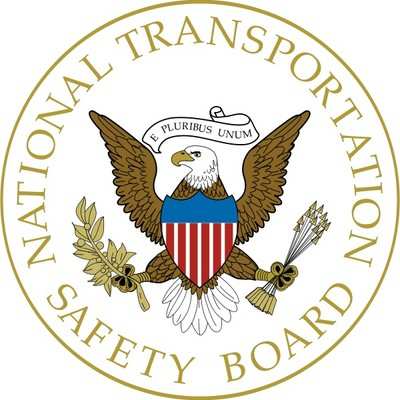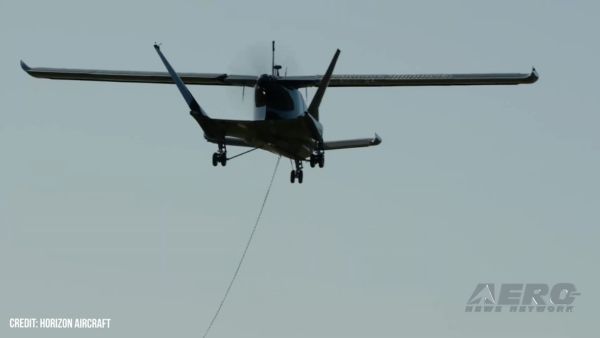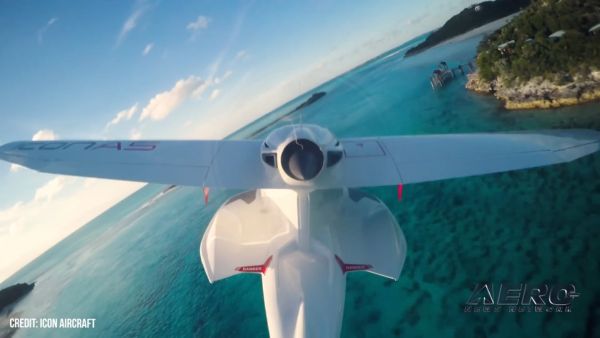Mon, Mar 11, 2024
Flight Instructor Attempted To Restore Power By Manipulating The Throttle; However, The Engine Did Not Regain Power
Location: Sanford, FL Accident Number: ERA24LA124
Date & Time: February 27, 2024, 16:22 Local Registration: N485DA
Aircraft: Cirrus Design Corp SR20 Injuries: 1 Serious, 2 None
Flight Conducted Under: Part 91: General aviation - Instructional

On February 27, 2024, at 1622 eastern standard time, a Cirrus Design Corp SR20, N485DA, was substantially damaged when it was involved in an accident near Sanford, Florida. The pilot receiving instruction was seriously injured, and the flight instructor and a back seat observing pilot were not injured. The airplane was operated as a Title 14 Code of Federal Regulations Part 91 instructional flight.
The flight departed Sanford International Airport (SFB), Sanford, Florida, at 1718 for an instrument training lesson. On the return flight to SFB, the pilot under instruction was “under the hood” conducting an instrument approach to runway 9R. The pilot under instruction stated that the tower controller “switched them back and forth between 9R and 9L” prior to the flight instructor requesting runway 9C. When the flight instructor advised the pilot to remove the hood, the pilot immediately observed that the airplane was low on the instrument approach path and requested that the flight instructor take the controls. The flight instructor acknowledged and took control of the airplane and applied engine power to correct the flight path. Shortly thereafter, the engine lost all power. The flight instructor attempted to restore power by manipulating the throttle; however, the engine did not regain power. The airplane landed short of the runway, collided with a parked, unoccupied
airplane, and came to rest on the airport ramp.
Postaccident examination by a Federal Aviation Administration inspector revealed that the airplane sustained substantial fuselage damage as a result of a postimpact fire. The wreckage was retained for further examination.
More News
Back-Taxi A term used by air traffic controllers to taxi an aircraft on the runway opposite to the traffic flow. The aircraft may be instructed to back-taxi to the beginning of the>[...]
“Our WAI members across the nation are grateful for the service and sacrifice of the formidable group of WASP who served so honorably during World War II. This group of brave>[...]
“Many aspiring pilots fall short of their goal due to the cost of flight training, so EAA working with the Ray Foundation helps relieve some of the financial pressure and mak>[...]
Blind Speed The rate of departure or closing of a target relative to the radar antenna at which cancellation of the primary radar target by moving target indicator (MTI) circuits i>[...]
Aero Linx: International Airline Medical Association (IAMA) The International Airline Medical Association, formerly known as the Airline Medical Directors Association (AMDA) was fo>[...]
 ANN's Daily Aero-Term (05.19.24): Back-Taxi
ANN's Daily Aero-Term (05.19.24): Back-Taxi Aero-News: Quote of the Day (05.19.24)
Aero-News: Quote of the Day (05.19.24) Aero-News: Quote of the Day (05.20.24)
Aero-News: Quote of the Day (05.20.24) ANN's Daily Aero-Term (05.20.24): Blind Speed
ANN's Daily Aero-Term (05.20.24): Blind Speed ANN's Daily Aero-Linx (05.20.24)
ANN's Daily Aero-Linx (05.20.24)



